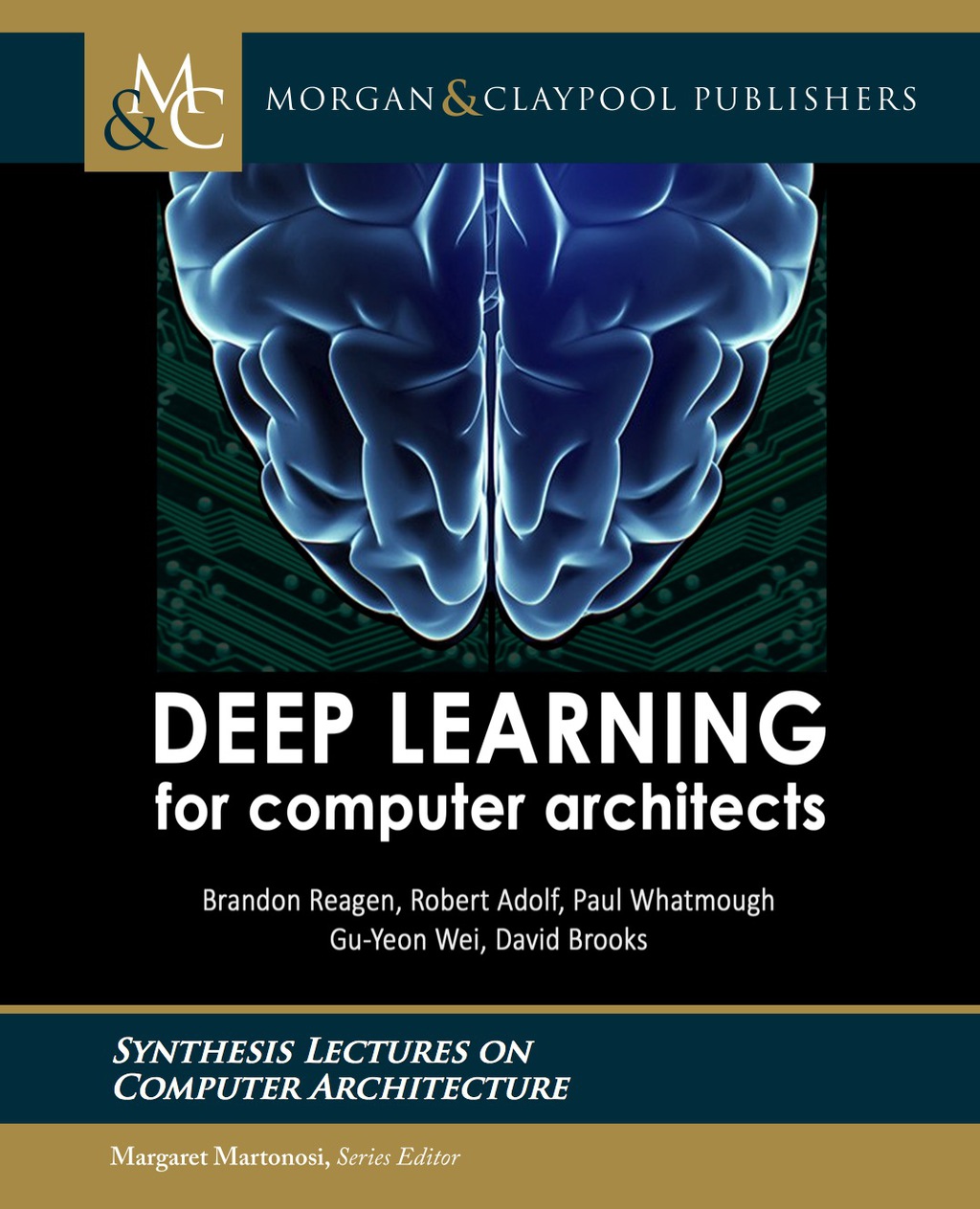Deep Learning for Computer Architects
$43.96 $10.99
This is a digital product.
Lifetime, High Quality, Printable.
This is a primer written for computer architects in the new and rapidly evolving field of deep learning. It reviews how machine learning has evolved since its inception in the 1960s and tracks the key developments leading up to the emergence of the powerful deep learning techniques that emerged in the last decade.Machine learning, and specifically deep learning, has been hugely disruptive in many fields of computer science. The success of deep learning techniques in solving notoriously difficult classification and regression problems has resulted in their rapid adoption in solving real-world problems. The emergence of deep learning is widely attributed to a virtuous cycle whereby fundamental advancements in training deeper models were enabled by the availability of massive datasets and high-performance computer hardware.It also reviews representative workloads, including the most commonly used datasets and seminal networks across a variety of domains. In addition to discussing the workloads themselves, it also details the most popular deep learning tools and show how aspiring practitioners can use the tools with the workloads to characterize and optimize DNNs.The remainder of the book is dedicated to the design and optimization of hardware and architectures for machine learning. As high-performance hardware was so instrumental in the success of machine learning becoming a practical solution, this chapter recounts a variety of optimizations proposed recently to further improve future designs. Finally, it presents a review of recent research published in the area as well as a taxonomy to help readers understand how various contributions fall in context.
Additional ISBNs: 168173219X, 9781681732190
Deep Learning for Computer Architects 1st Edition is written by Brandon Reagen; Robert Adolf; Paul Whatmough; Gu-Yeon Wei; David Brooks and published by Mo
Q & A
Ask a question
Your question will be answered by a store representative or other customers.
This site is protected by reCAPTCHA and the Google Privacy Policy and Terms of Service apply.
Thank you for the question!
Your question has been received and will be answered soon. Please do not submit the same question again.
Error
An error occurred when saving your question. Please report it to the website administrator. Additional information:
Add an answer
This site is protected by reCAPTCHA and the Google Privacy Policy and Terms of Service apply.
Thank you for the answer!
Your answer has been received and will be published soon. Please do not submit the same answer again.
Error
An error occurred when saving your answer. Please report it to the website administrator. Additional information:
File formart download: PDF or EPUB. (You will receive a download link for the file in one of two formats: PDF or EPUB.)
Enter your Email correctly. Download link is sent to your Email.
Related products
Computers
Computers
Certification Guides
Computers
Computers
Computers
Certification Guides
Computers
Computers















Reviews
There are no reviews yet